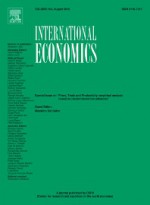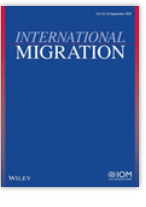International Production Networks and The World Trade Structure

In this work, we examine bilateral trade data in two industries with different technological characteristics (textiles and apparel, and electronics) in order to detect the presence of international production networks in these sectors and to assess their structures and organization. Moving from the recent stream of literature that underlines the importance of assessing the participation and position of a country within an international production system, generally much more complex than a simple chain, we examine if these networks can be identified using traditional trade data and if they are still mainly regional. We start by applying a particular specification of bilateral trade intensity indices to the matrix of world trade in each sector (from the BACI – CEPII database), using the BEC classification to distinguish between intermediate and final goods, in order to highlight trade flows driven by international production networks. We compute indicators for the world trade matrix and its regional partitions, as defined by exogenous geographical criteria, or by the existence of regional integration agreements. The resulting pattern of revealed trade preferences conveys useful information about the actual geographic distribution of the underlying international value chains. The core of the paper is an application of network analysis to better understand the topology of global and regional value chains. In each industry, we identify endogenous geographical sub-networks based on preferential trade links, again distinguishing between trade flows in intermediate or final goods, and we examine the topological structure of the trading regions, to assess whether they are similar across industries and goods’ categories, and if they are built around a central core country. On the basis of both approaches, we conclude that trade regionalization is still high, especially in electronics, confirming that geographical proximity and other integration factors still play a role in facilitating international production and trade. However, regionalization has slightly declined in the recent past, and there are some relevant preferential linkages bridging different regions. In addition, the topology of trade networks can indeed shed some light on the structure of the underlying production linkages. In particular, a stronger preferentiality and selection of partners seem to occur for trade in intermediate goods, as suggested by the theory of international fragmentation of production.







